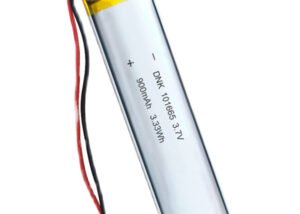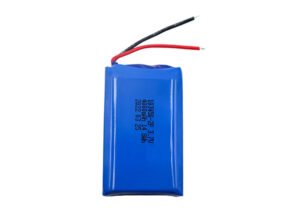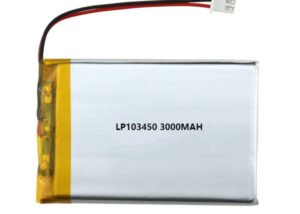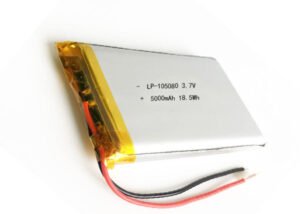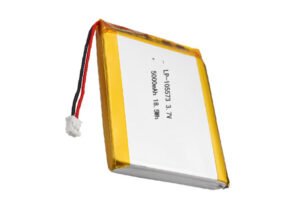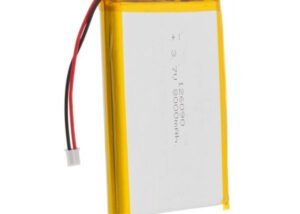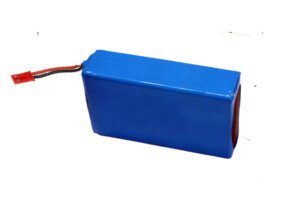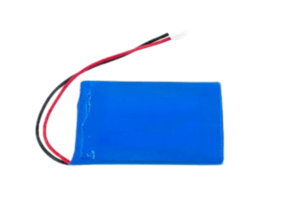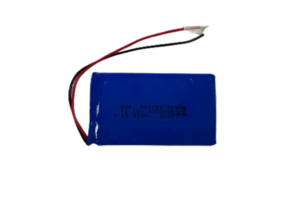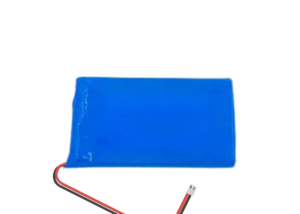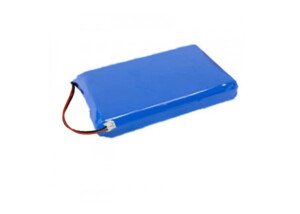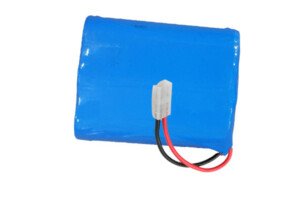Lithium Polymer Battery in Smoke Detector
Smoke detectors play a critical role in ensuring the safety of homes and businesses. They are designed to detect smoke and alert the occupants of a potential fire, giving them enough time to evacuate before it’s too late.  Smoke detectors rely on batteries to power them, and in recent years, lithium-polymer (LiPO) batteries have become a popular choice due to their many benefits. In this post, we will discuss the advantages of using LiPO batteries in smoke detectors, safety considerations when handling and storing them, and how to select the best battery for a specific smoke detector application.
Smoke detectors rely on batteries to power them, and in recent years, lithium-polymer (LiPO) batteries have become a popular choice due to their many benefits. In this post, we will discuss the advantages of using LiPO batteries in smoke detectors, safety considerations when handling and storing them, and how to select the best battery for a specific smoke detector application.
Advantages of LiPO Batteries in Smoke Detectors:
- Longer lifespan compared to traditional alkaline batteries: LiPO batteries have a longer lifespan than traditional alkaline batteries, which means they need to be replaced less often.

This is especially important in smoke detectors, where a dead battery can mean the difference between life and death.
- Higher energy density, allowing for smaller and more compact smoke detectors: LiPO batteries have a higher energy density than other types of batteries, which means they can store more energy in a smaller space. This allows smoke detector manufacturers to make smaller and more compact devices that are easier to install and maintain.
- Improved reliability and performance in extreme temperatures: LiPO batteries can operate at a wider range of temperatures than other types of batteries, making them more reliable in extreme heat or cold. This is important in smoke detectors, which need to operate in a variety of environments.
Safety Considerations:
While LiPO batteries offer many benefits, they also come with some safety considerations that need to be taken into account. These include:
- Importance of proper handling and storage of LiPO batteries: LiPO batteries can be dangerous if mishandled or improperly stored. They should be kept away from heat sources and never punctured or damaged.
- Risks of overcharging, short-circuiting, and thermal runaway: LiPO batteries can catch fire or explode if they are overcharged, short-circuited, or subjected to thermal runaway. This can be dangerous in any application, but especially in smoke detectors, which are designed to detect fires.
- Measures to mitigate these risks, such as proper charging techniques and the use of protection circuits: There are several measures that can be taken to mitigate the risks associated with LiPO batteries. These include using proper charging techniques, such as using a charger specifically designed for LiPO batteries, and using protection circuits that monitor the battery’s temperature and prevent overcharging
LiPO Battery Selection for Smoke Detectors:
When selecting a LiPO battery for a smoke detector, there are several factors to consider, including:
- Capacity: The capacity of the battery will determine how long the smoke detector can operate before needing a recharge or replacement.
- Voltage: The voltage of the battery needs to be compatible with the smoke detector’s circuitry.
- Discharge rate: The discharge rate of the battery will determine how quickly it can deliver power to the smoke detector.
There are several common LiPO battery options for smoke detectors, including 3.7V, 7.4V, and 11.1V batteries with capacities ranging from 500mAh to 2000mAh. The best battery for a specific smoke detector application will depend on the specific requirements of that device.
DNK Power is a custom Rechargeable lipolymer battery manufacturer based in China,We have In stock small and compact 3.7V lipo battery, capacity from 5mah, 800mah, 1000mah, 15000mah,10000mah and etc. We focus on the best and cheap small design products that are the most cost-effective, environmentally safe and exceed all of their specifications, we will never let you down, you can check more of our certificates including MSDS UN 38.3, IEC, KC, etc.
In conclusion, using LiPO batteries in smoke detectors offers many benefits, including longer lifespan, higher energy density, and improved reliability and performance in extreme temperatures. However, it is important to take safety considerations into account when handling and storing LiPO batteries, and to select the best battery for a specific smoke detector application based on factors such as capacity, voltage, and discharge rate.
It is great to consider LiPO batteries for their smoke detector designs, as they offer many advantages over traditional alkaline batteries. By selecting the right battery and implementing proper safety measures, LiPO batteries can help improve the safety and reliability of smoke detectors in homes and businesses.
Here belowing are some lithium polymer batteries in DNK POWER, you can click and see their details. Hope they will be useful to you.


